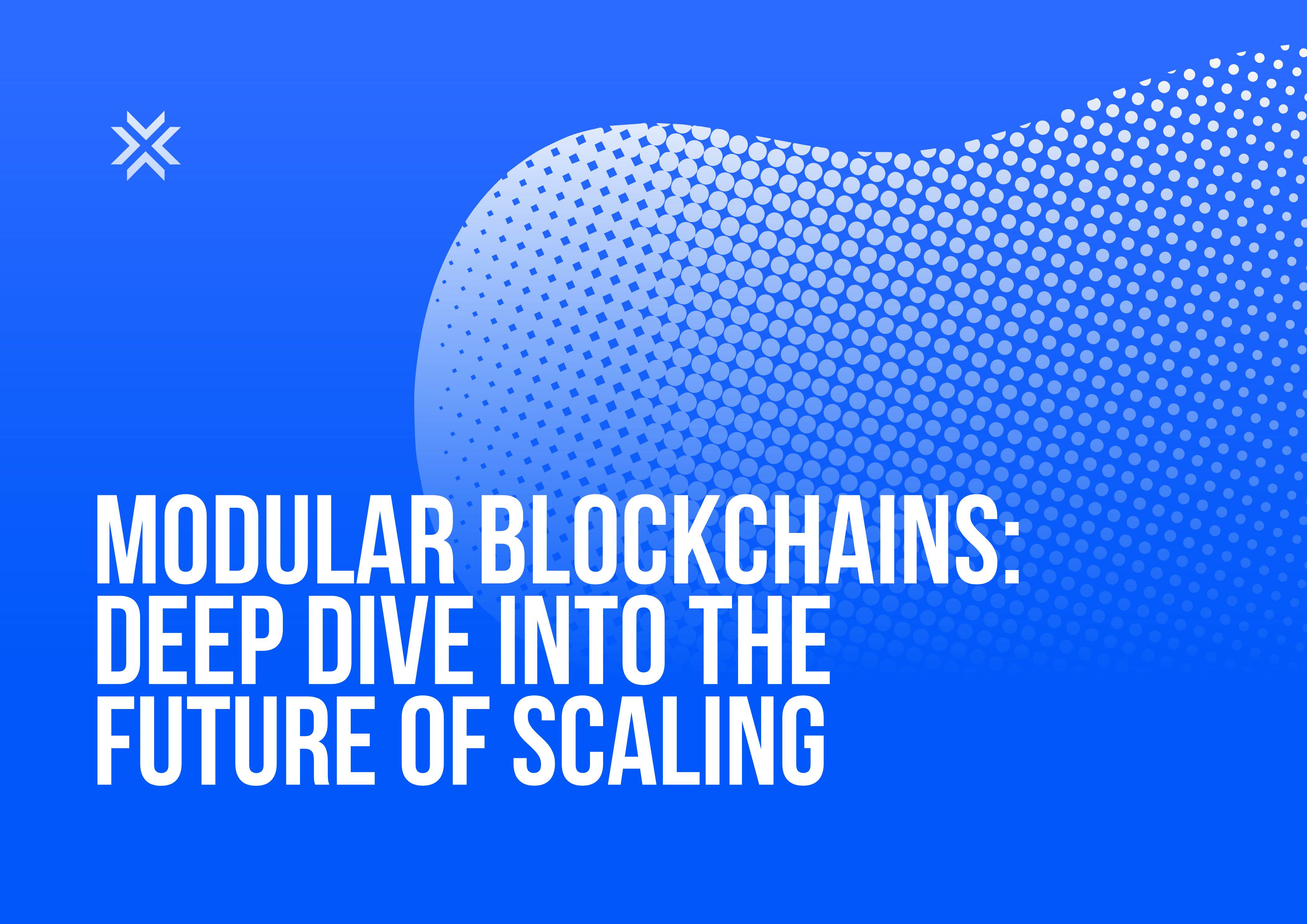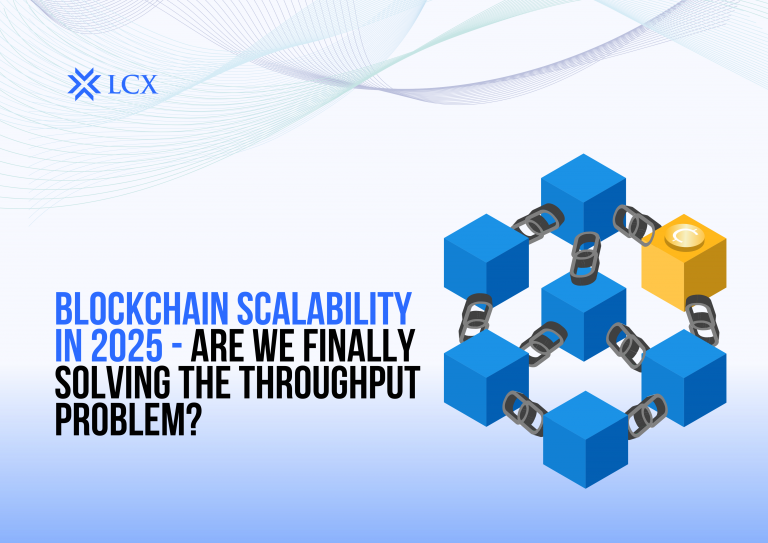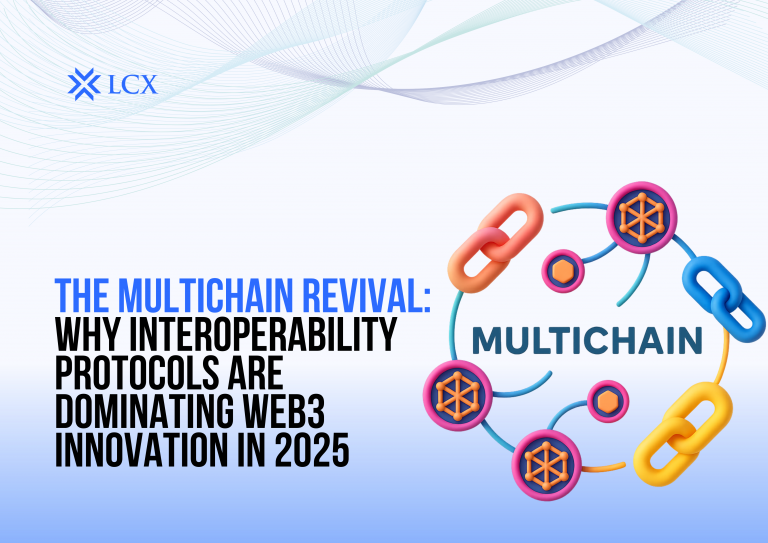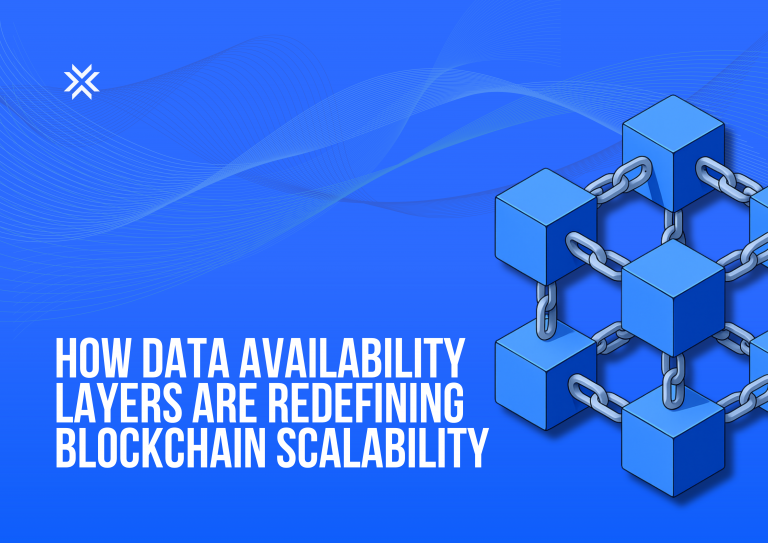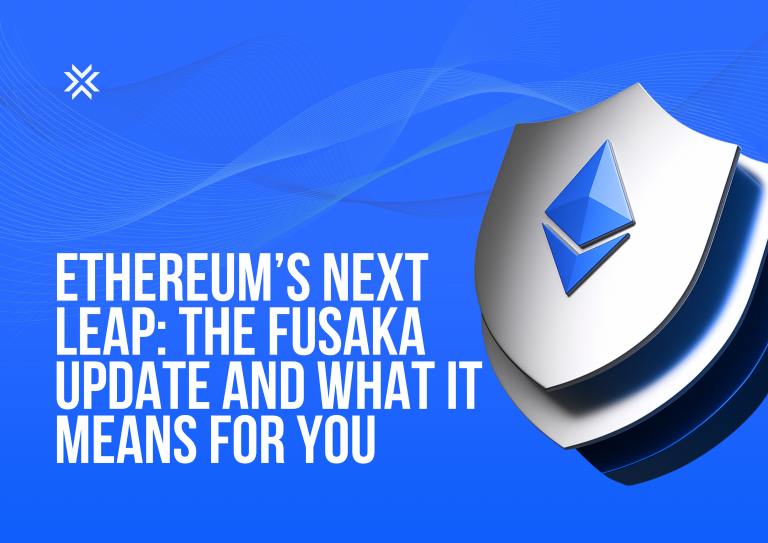In the pursuit of blockchain scalability, modular blockchains have emerged as one of the most promising developments in the Web3 ecosystem. Moving away from the traditional “all-in-one” architecture of monolithic chains like Ethereum and Bitcoin, modular designs separate core blockchain functions across different layers and systems, unlocking greater efficiency, flexibility, and performance.
In this blog, we’ll explore what modular blockchains are, how they differ from monolithic ones, and why platforms like Celestia and Monad are shaping the future of blockchain scalability.
Monolithic Blockchains: One Chain Does It All
To understand modular blockchains, let’s first break down monolithic blockchains.
A monolithic blockchain handles all its core functions within a single layer:
- Execution – where smart contracts and transactions are processed.
- Consensus – the agreement mechanism (e.g., proof-of-work or proof-of-stake).
- Data Availability – ensuring all data is accessible for verification.
- Settlement – recording final results and state changes on-chain.
Bitcoin, Ethereum (pre-rollups), and Solana are all examples of monolithic chains. They offer simplicity but often suffer from congestion, high gas fees, and performance bottlenecks due to trying to do everything in one place.
What Are Modular Blockchains?
Modular blockchains take a different approach by decoupling these core functions into separate, specialized layers. Each layer handles one or more specific roles and communicates with other layers to maintain the integrity and functionality of the system.
For example, a modular blockchain setup might look like this:
- Celestia handles data availability and consensus
- Rollups like Arbitrum or Optimism handle execution
- Ethereum acts as the settlement layer
This division of labor allows each component to specialize and scale independently, enabling greater throughput, lower costs, and improved developer flexibility.
Celestia: Modular Data Availability and Consensus
Launched in late 2023, Celestia is the first modular blockchain purpose-built for data availability and consensus. It does not process transactions or run smart contracts. Instead, Celestia allows any rollup or execution layer to plug in and post their transaction data securely.
Key features of Celestia:
- Data Availability Sampling (DAS): A novel method that lets light nodes verify data is available without downloading the entire dataset.
- Plug-and-play architecture: Developers can deploy their own rollups with minimal overhead.
- Scalability: By offloading execution, Celestia enables massive horizontal scaling.
Celestia represents a new base layer where execution becomes modular and customizable, giving rise to a multi-chain future with interoperable rollups and app chains.
Monad: High-Performance Monolithic-Minded Execution
Monad, while not purely modular, is often included in the scaling conversation due to its unique approach. It is a high-performance Layer-1 blockchain that aims to preserve Ethereum compatibility (EVM) while offering near-modular performance levels.
Key innovations from Monad:
- Parallel execution engine: Allows thousands of transactions to be processed simultaneously.
- Deterministic finality: Helps reduce latency and improve user experience.
- Scalability with compatibility: Monad promises up to 10,000 transactions per second (TPS) while remaining EVM-compatible.
Monad shows that modularity isn’t the only path; efficiency gains can also come from optimizing monolithic architecture.
Why Modular Matters: For Developers and Users
For Developers:
- Customizability: Teams can design their own execution environments (app-specific rollups).
Lower costs: Reduced reliance on mainnet fees. - Faster deployment: Plug into existing modular infrastructure like Celestia or EigenDA.
For Users:
- Lower fees: Modular chains often have dramatically lower gas costs.
- Higher throughput: Less congestion means faster transactions.
- More apps and chains: Modular architecture makes launching new chains easier, leading to a richer ecosystem.
The Road Ahead
Modular blockchain architecture is not just a technical evolution, it’s a philosophical shift. It embraces the idea that scalability and decentralization don’t have to be trade-offs, but design choices that can coexist.
Projects like Celestia, EigenLayer, Monad, and Dymension are pioneering new terrain where chains cooperate, specialize, and scale horizontally. As modular infrastructure matures, expect to see a Cambrian explosion of custom rollups, sovereign chains, and lightweight apps, each optimized for its unique use case.
The future of blockchain isn’t monolithic. It’s modular, interoperable, and massively scalable.
